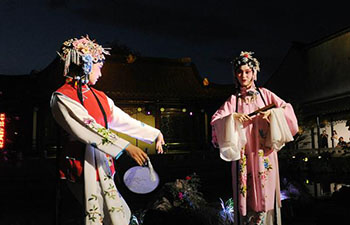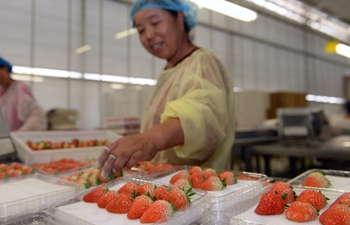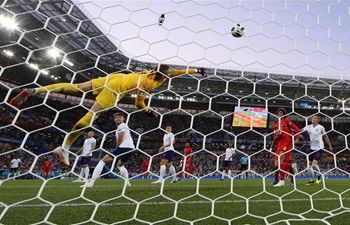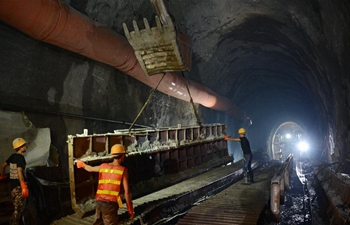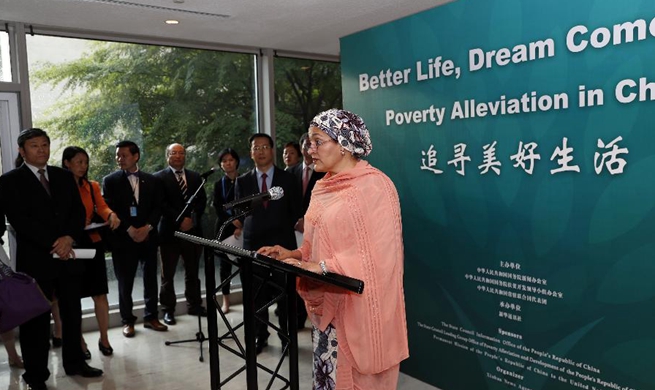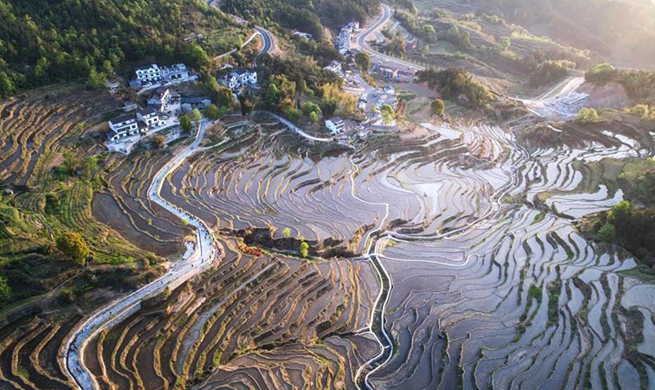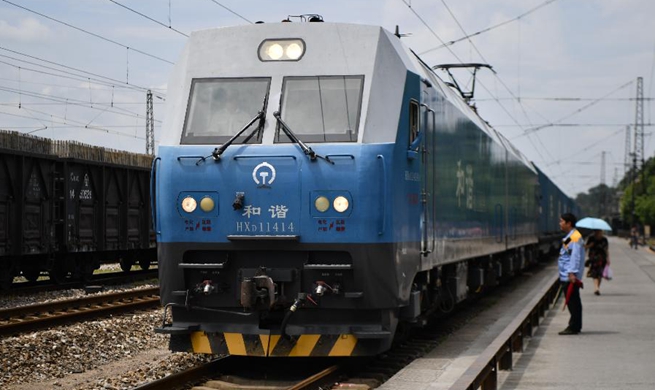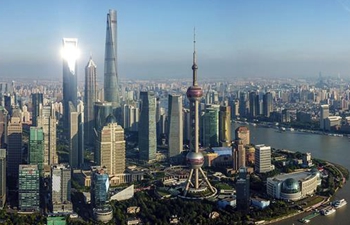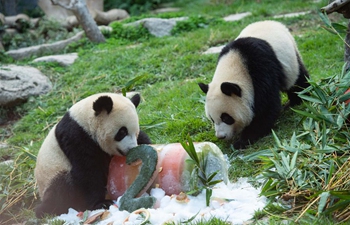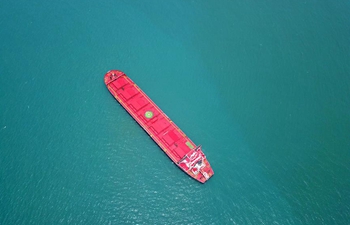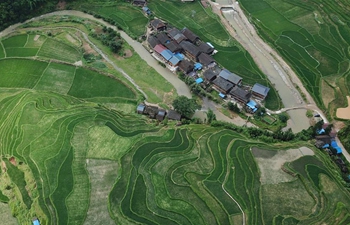MOSCOW, June 29 (Xinhua) -- The composition of the last 16 of the 2018 World Cup finals shows that Europe and South America continue to be the powerhouses of world football with Asia and Africa still struggling to make the big statement they have threatened to make for a while.
There are 10 European teams in the knockout stage of the tournament along with five from South and Central America. Japan is the sole Asian representative and no team from Africa has made it into the knockout phase of the tournament. On the face of it, it looks as if Russia 2018 has seen Asian and African football take a step backwards rather than forwards, but maybe that isn't the full story.
Although Australia (who qualified through Asia), Saudi Arabia, Iran and South Korea all took the first plane home, none of the teams disgraced themselves. The Aussies were in with a chance of qualifying in their final group match; Iran showed they are incredibly tough to beat and were just a goal away from reaching the last 16, while South Korea produced the shock result of the tournament when they beat defending champions Germany.
Even Saudi Arabia won a game, recovering from their 5-0 thrashing by Russia, when they looked like rabbits caught in the headlights at the Luzhniki Stadium. They improved vastly against Uruguay and ended their campaign with a 2-1 win over Egypt. The Saudis did at times appear naive and that could give a hint as to why Japan are continually the most competitive of all the Asian sides at the World Cup.
The starting 11 coach Akira Nishino fielded in their last group game on Thursday had just two players (Tomoaki Makino and Hotaru Yamaguchi) who play their club football in Japan, the rest play in Europe with two in the Premier League, two in France, three in Germany and one each in Spain and Turkey.
In contrast virtually all the Saudis play in their own domestic league with the three squad members (Salen Aldawsari, Fahad Almuwallad and Yahya Alshehri) who were loaned to Spanish clubs seeing just a handful of minutes of competitive football.
When asked about that policy ahead of their game against Uruguay, Saudi coach Juan Antonio Pizzi said the experience had been positive. "We think it is a good route for the Saudi league [to] have taken to promote the experience of Saudi players and I hope they continue doing so, because I think it will be reflected in the performance of the players and the national team," he commented.
That points to a 'chicken and egg' scenario: in order to get the tactical experience to play at the highest level, you need to play at the highest level, but it's difficult to play at the top level without the experience. It's obvious that Asian nations are working on gaining that experience with ever-increasing numbers of European coaches at Asian clubs and academies.
Top players are playing in Japan and China (with Fernando Torres looking likely to join Andres Iniesta in the J-League), but clubs have to be careful not to merely sign a 'star player': what is needed are players who will not only play, but who can teach, who are able to leave a legacy of improved local players when they are gone.
There is no reason why a European, African or South American footballer should be more talented than an Asian one; and they aren't, what is needed for Asian football to continue to grow is for the players to do as they do in other aspects of the game. Areas like technical analysis and sports nutrition spring to mind.
That is slowly but surely happening as we have seen with Japan and to a lesser extent South Korea. With the 2022 World Cup in Qatar and eight Asian sides to compete in 2026, Asian football has the chance to continue progressing on the world stage.




